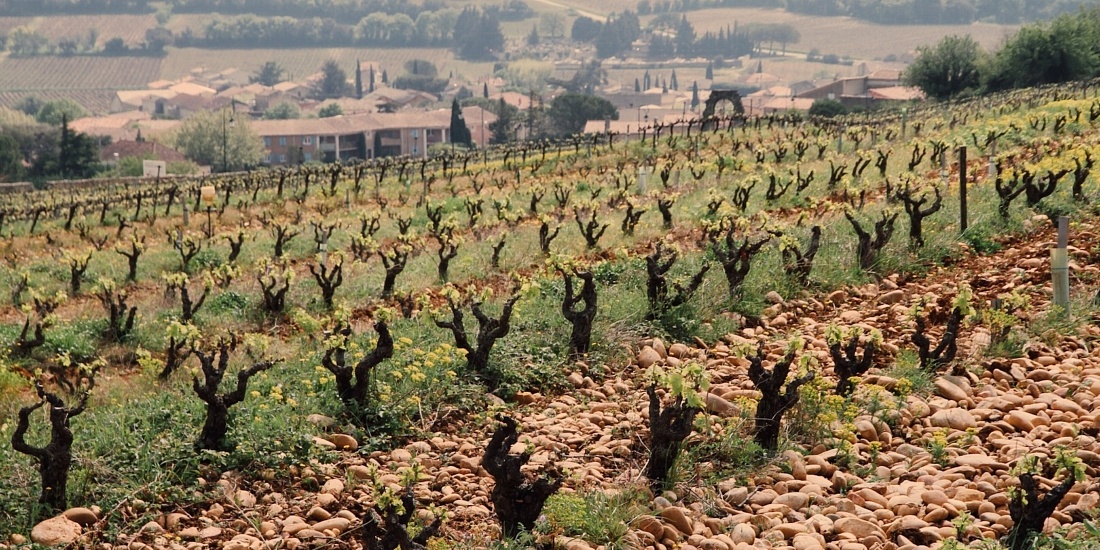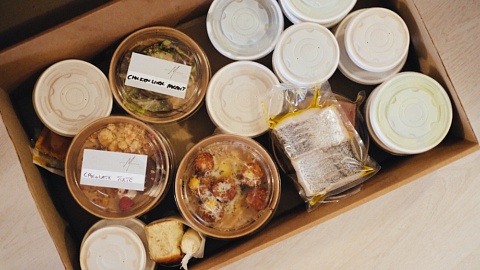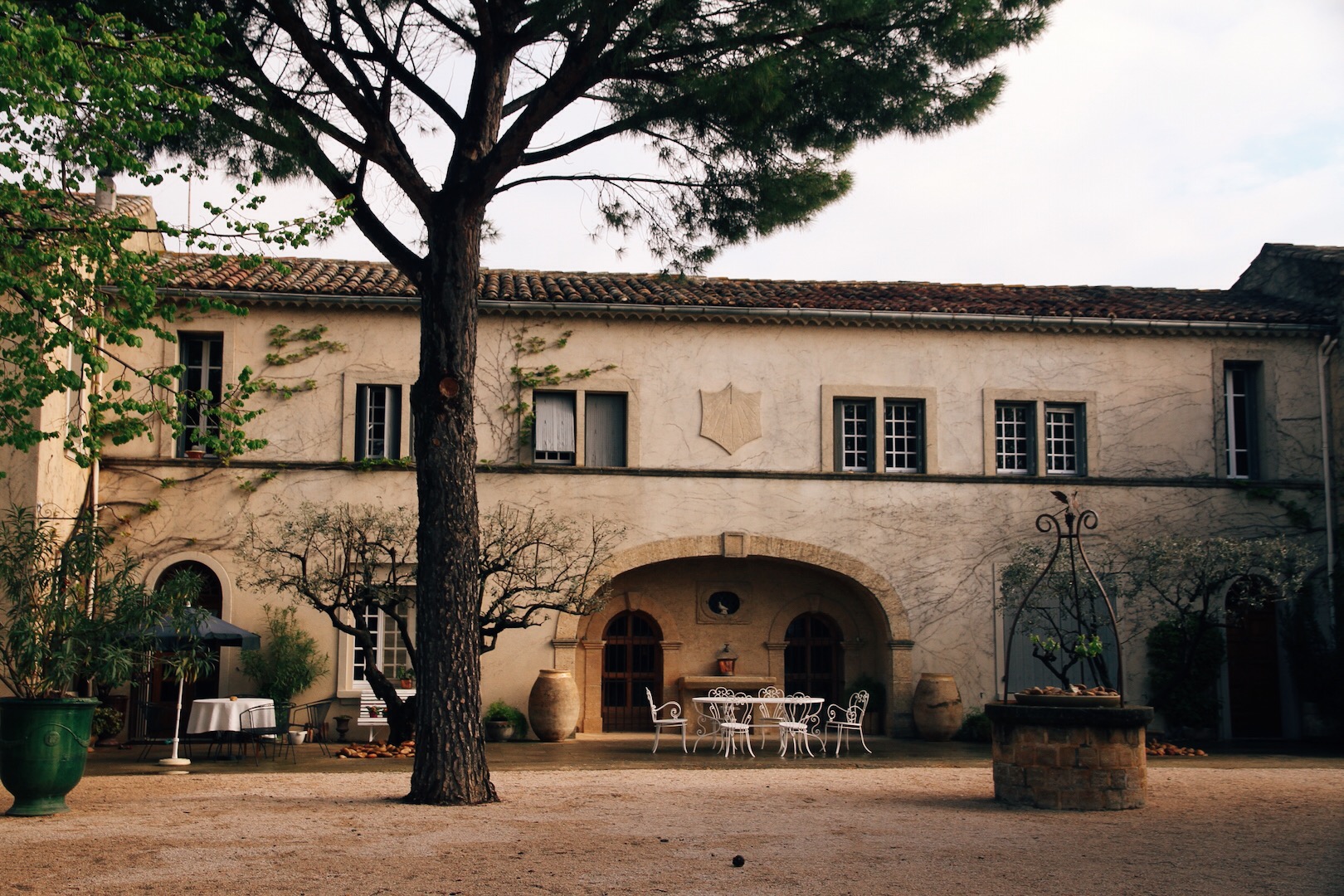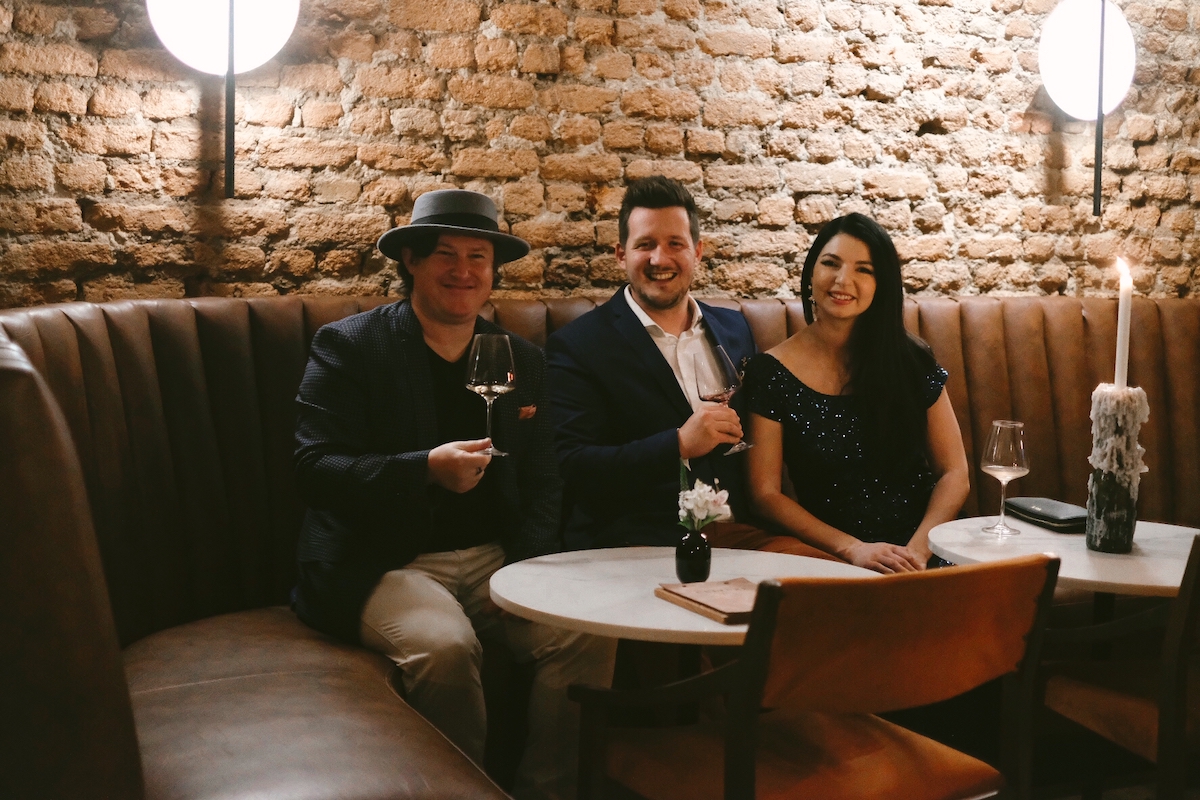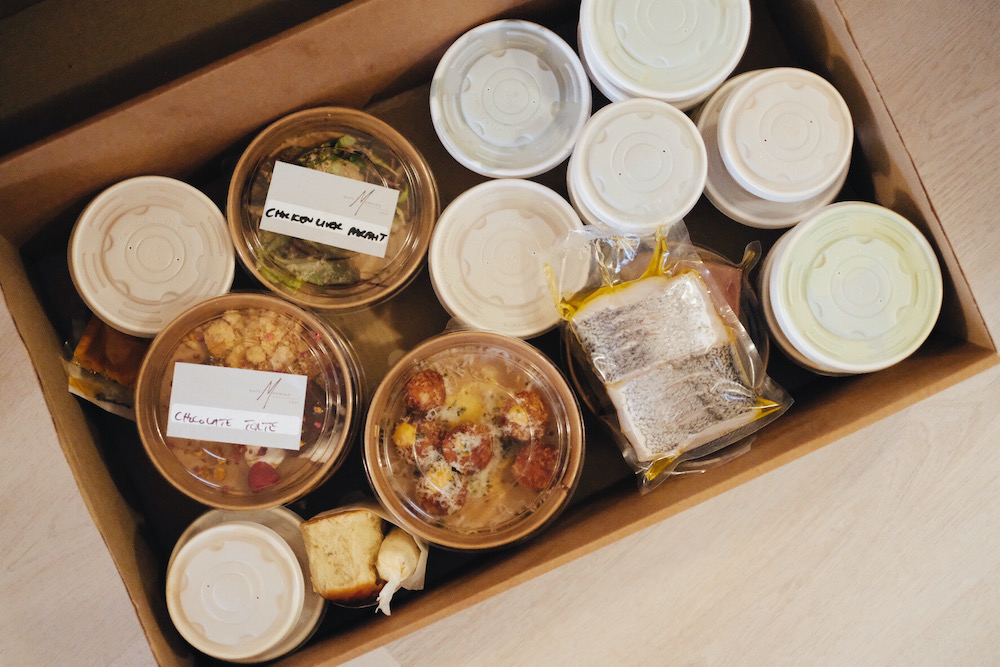Don’t fret, I’m not standing on a soapbox.
But while talking about the weather is predominately kept aside as polite small talk at dinner parties, the truth is, our climate is changing, and the Cape takes front and centre as a prime example.
The fact that last year the city of Cape Town was the first metropolitan area in the world to almost reach a ‘Day Zero’ water shortage speaks volumes to the reality of climate change. And with 2016 ranking as the warmest year on record and the world’s average temperature increasing by 0.8 °C, there are some undisputed facts that will (hopefully) have any naysayer keep schtum.
Yet, how does this affect the Winelands? The last three years have provided some tough, first-hand experience for winemakers, with the drought resulting in thicker skins on grape berries, lower yields and fine roots dying. In truth, it’s not really a matter of asking ourselves when to start preparing for climate change in the Winelands, but rather: how?
A Case For Assyrtiko
“We’re taking global warming seriously.”
I found myself hearing these words uttered by Gary Jordan, owner of Jordan Wine Estate, at an international Assyrtiko tasting he was conducting at his farm one late summer’s day. The topic: Can Assyrtiko grow successfully in Stellenbosch?
Gary Jordan and Farm Manager Hilton Phipson think that it can and have been hard at work the past few months with a 30-tonne excavator high up on a wind-swept hill at Jordan, preparing a new vineyard where they will be planting the ancient Greek grape variety.
“The climate is changing”, Gary went on to explain. “ During this year’s harvest, we picked our Cabernet Sauvignon before selecting our Chardonnay. That’s completely unprecedented.”
This, coupled with fact that he’s been interested in Assyrtiko since his first visit to Santorini 35 years ago, is why Gary is making a case for the aromatic and zesty variety and how it may well be the next ‘big thing’ for the Cape’s vineyards. “It’s like a cross between Sauvignon Blanc and Riesling. In fact, it’s like a Riesling but with astringency.”
Assyrtiko has only recently been permitted to grow in South Africa, and with that, it makes South Africa one of only three countries, the others being Greece and Australia, that grow the white wine variety. This certainly gives South Africa a welcome edge on crafting something different. And while fellow local winemaker Eben Sadie has experimented with the grape before, Gary’s goal is to grow and produce Assyrtiko commercially.
From Santorini to Stellenbosch
As a Mediterranean variety, Assyrtiko is one of the rare white grape varieties that thrives in hot and dry conditions, while still maintaining a high alcohol in perfect balance with its natural acidity. “Stellenbosch may not be Santorini, but the view is as spectacular and the minerally soil on this ocean-influenced, dry and windy hilltop site at Jordan Wine Estate is perfect for Assyrtiko” says Gary, a trained geologist.
It should not go unmentioned that Gary and his wife Kathy have also recently purchased Mousehall in Sussex, a medieval property (impressively dating back to the 11th Century), with a similar geology to that of Champagne. Here, the Jordans will soon produce English fizz and gin. Just another nod to the fact that the earth’s climate has changed so radically in recent years that the United Kingdom has moved from being a traditionally damp and cool terrain to becoming a contender for producing some of the finest sparkling wine in the world, with 2018’s vintage yielding 50 percent more than expected.
Forward Thinking and Drinking
To adapt to warmer temperatures, vintners worldwide are starting to plant lesser-known varieties and the case for planting more Mediterranean-style varieties in the Cape is not a new one.
In fact, in recent years, more and more South Africa wine producers have been taking unusual varieties seriously. A particularly popular variety as of late has been the Madeiran white cultivar Verdelho, a perfect alternative to Sauvignon Blanc, with fresh and bright bottlings available from talented producers such as Lourens family Vineyards, Maanschijn, Sadie Family Wines, the Fledge & Co. and Stark Condé.
Meanwhile, mightily bold and Spanish Tempranillo has also been making its rounds, with prominent farms such as De Trafford, Delheim, Fairview, Mount Sutherland and newcomers Thistle & Weed making diligent offerings. In truth, if you look for them, you’ll find almost every winery testing out something different. Grenache, in particular, has enjoyed recent limelight, with wineries moving away from using the Southern Rhône as purely a blending component and introducing it as a single variety, with notable examples coming in from Memento, Waterford and Oldenburg.
After all, these varieties work. Mediterranean vines are much hardier and drought resistant, and the Western Cape’s geology is ideal, providing the perfect recipe of igneous rock, a temperate climate and cooling winds. In fact, Vinpro is even offering to assist farmers to implement water-saving farming techniques and experiment with new crops such as Vermentino, Marselan and Macabeu. After all, with a decline of 1% in the 2018 harvest translating into a R50 million decline in income for producers, something’s gotta give.
Where Hope Grows
While growing Mediterranean varieties like Verdelho, Tempranillo and Assyrtiko might be a growing trend among forward-thinking winemakers, the eternal question still stands: will people buy them?
When asked about this, Gary Jordan laughs and says his Assyrtiko will be sold at the “‘interesting” price point. Ultimately, that’s the problem – while these varieties might work better for the environment, how long will it take for the market to adapt and shift away from their old favourites of Sauvignon Blanc, Merlot and Cabernet Sauvignon?
Other possible roadblocks include the long lead time on growing and establishing an Assyrtiko vineyard, which averages to 15+ years, since the vine is best when trained in the traditional Santorini, ground-hugging, basket-weaved style to minimise wind damage to the grapes during summer.
In addition, my first thought (I’m in wine marketing, forgive me) was around trying to market a wine with a name that is not going to exactly roll off most South African’s tongues. After all, people don’t like to order something they can’t pronounce. So, unless a grand marketing strategy is exercised, this could mark a potential issue.
Finally, during the international Assyrtiko tasting, I found that the variety tends to be particularly acidic on the palate (I did have tasty visions of pairing it with West Coast seafood). Here, Gary Jordan notes that because the igneous rocks in Stellenbosch have a higher potassium content, the Jordan Assyrtiko is likely to lose quite a bit of the acidity once harvested. Still, in my humble opinion, it’s not quite what I would categorize as an ‘easy drinking’ varietal and it would require a bit of palate training before it starts flying off shelves.
Still, despite my qualms, when asked about his first vintage of Assyrtiko (only to be released 5 years into the future), Gary answers confidently: “Well, it’s already sold out …”.
South Africa: Where hope grows.



